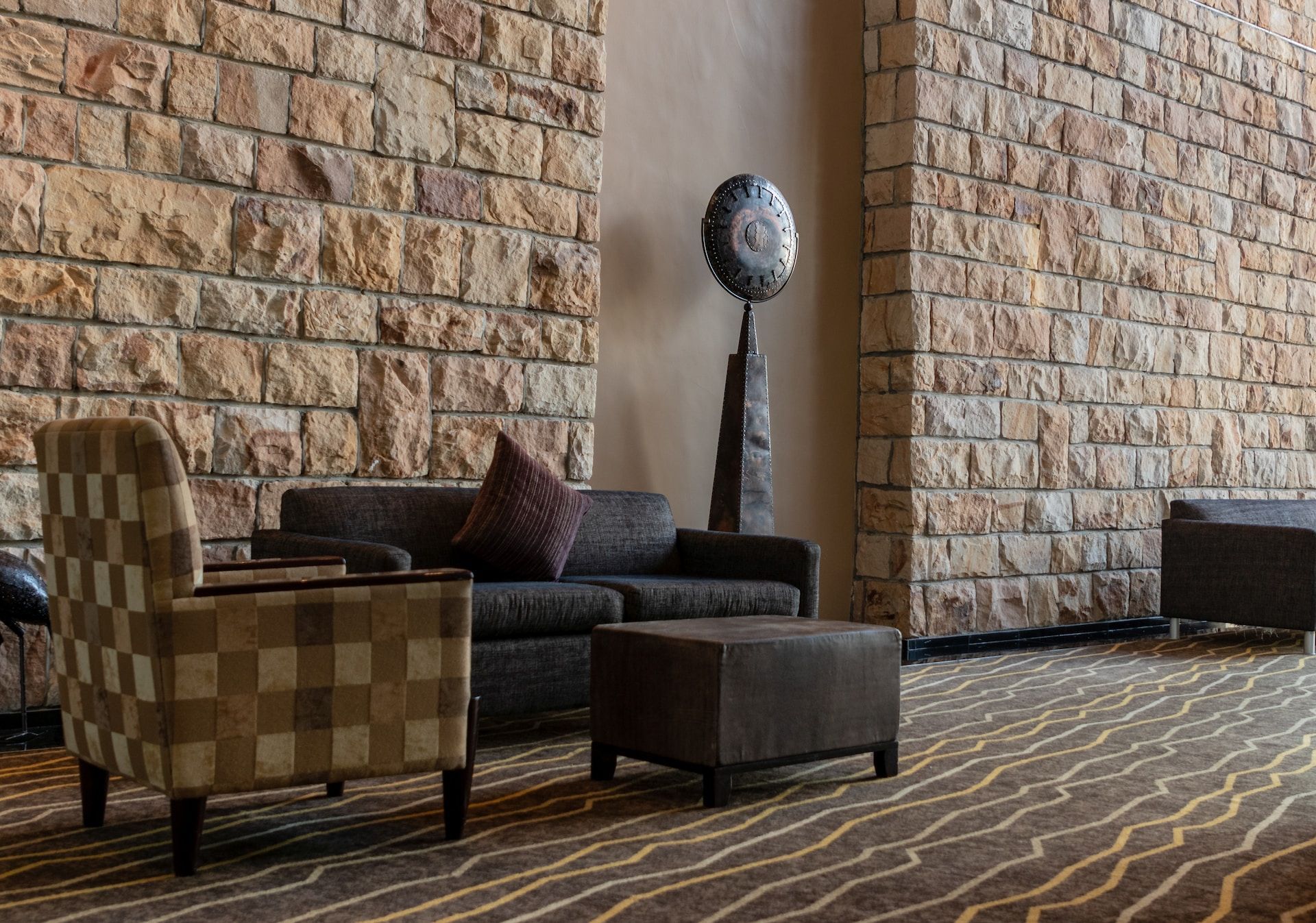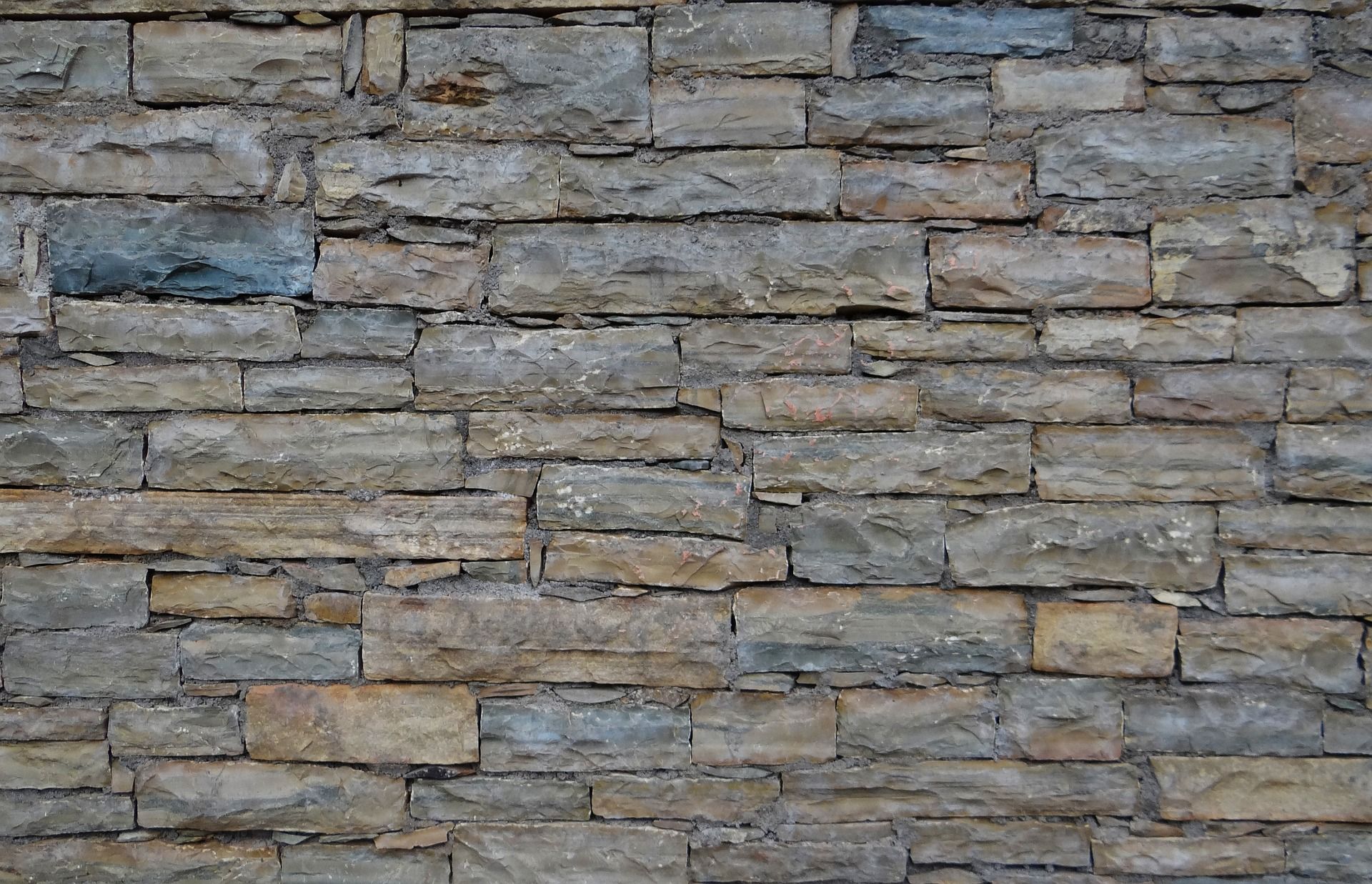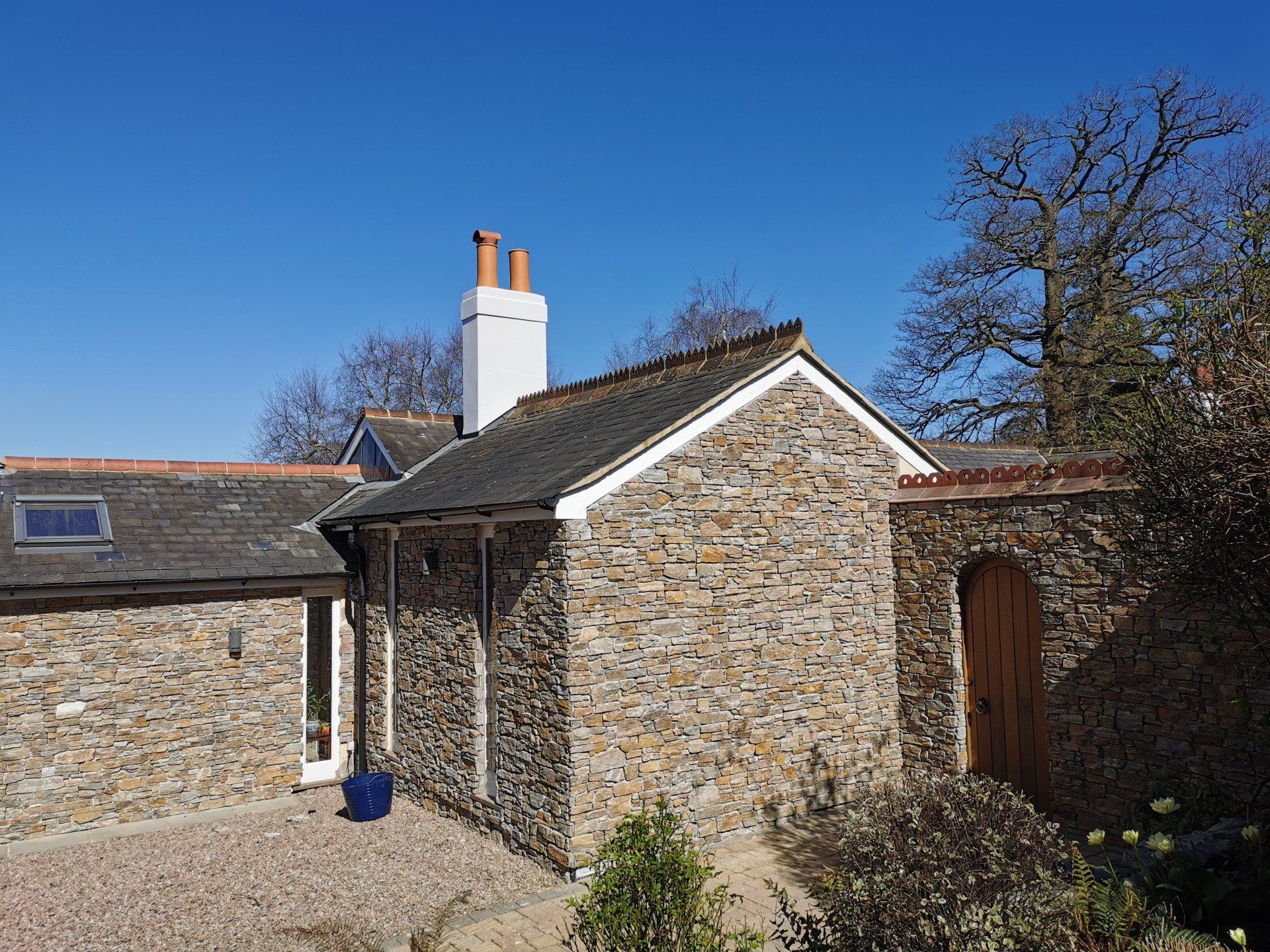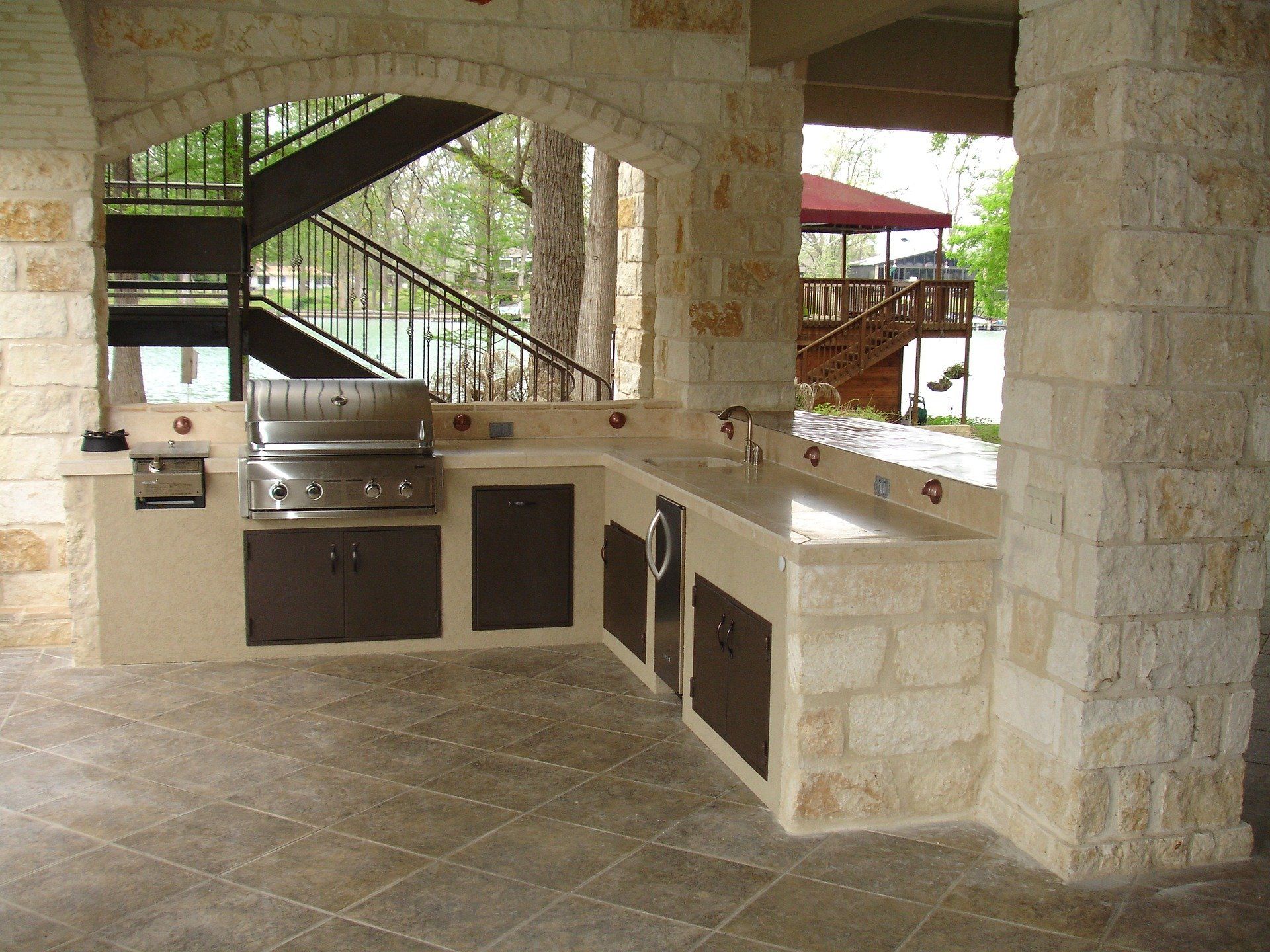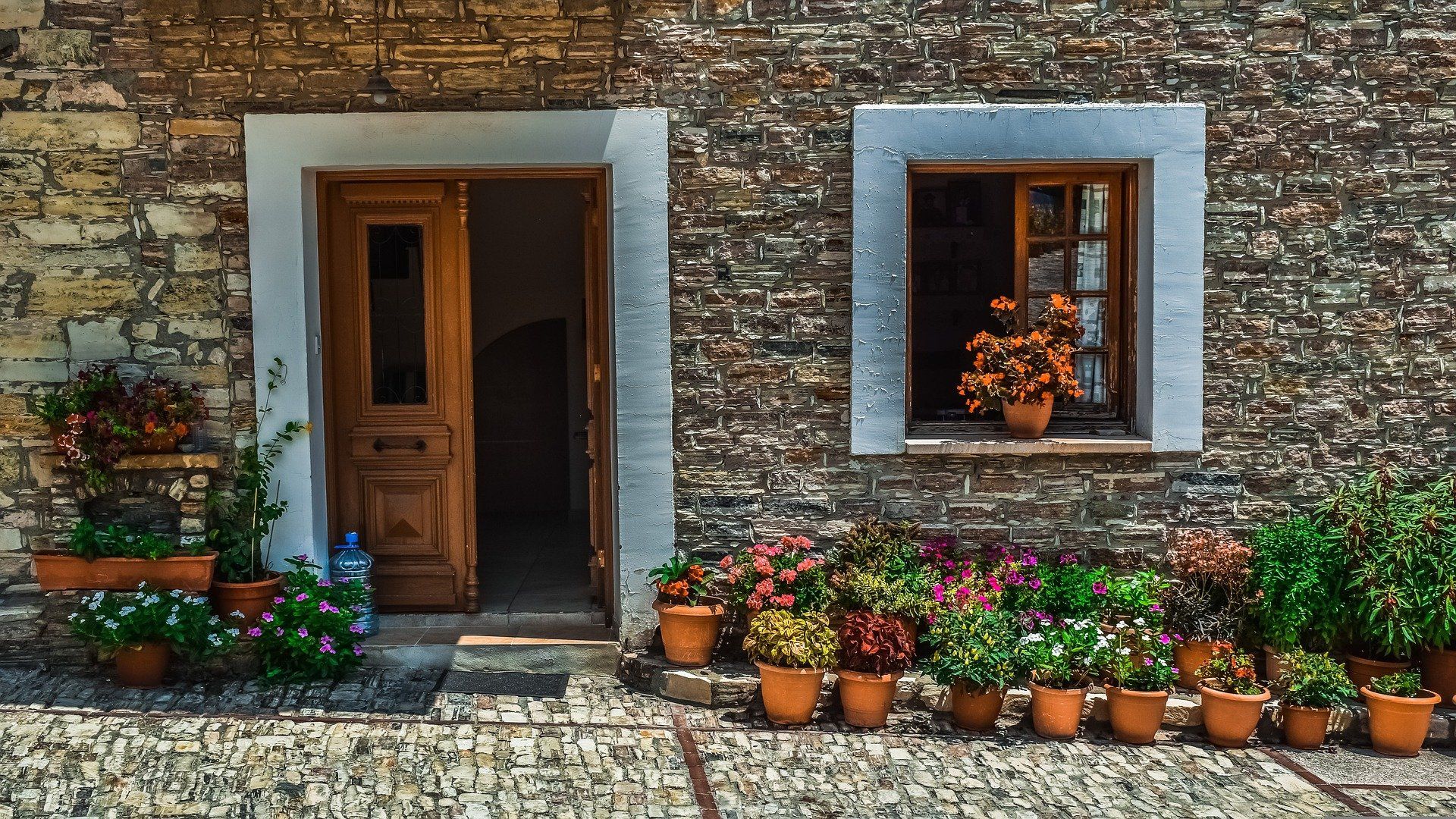Modern and unusual facades - a selection of design proposals
Last time we talked about the most popular facades materials. Today, we wanna disqus modern, and unusual choices. An important place among the pouring facades materials is occupied by modern plastics or allowing to create unusual arrangements. These include, for example, elevator wallpaper, concrete or fibre-cement. Exciting projects can also be realised using shingles, typically used for roofing. Wallpaper and fibre-cement slabs allow you to make the fanciest, personalised façade designs.
Wallpaper
External wallpaper is a relatively new alternative to traditional wall coatings like stone cladding. It is a decorative layer, which is glued to the surface of the wall with durable glue. The main advantage of wallpaper is their rich design, giving great styling possibilities to the walls of the house. For example, wallpapers are available in modern, three-dimensional geometric patterns, as well as designs that pretend to imitate wood or stone. The decorated wall of the house remains fresh for long, because the wallpaper is durable and quite resistant to mechanical damage. Other advantages of elevator wallpaper include:
- great imitation abilities,
- resistance to ageing,
- no impregnation necessary,
- UV resistance and the ability to maintain an attractive appearance and colours for a long time,
- burst resistance,
- resistance to dirt,
- easy to assemble and disassemble – wallpaper can be thoroughly washed off and replaced with another pattern or material.
Shingle
Another modern material suitable for external façade is shingles, which is traditionally used as a roof covering. Its attractive appearance and high technical parameters support its use also for decorating the walls of the building. They then gain aesthetic value, resulting in part from the basalt. Basalt granules provide an intense façade, non-fading colour for many years of operation.
Other advantages of this material include:
- lightweight plastic for easy transport,
- simple installation and, consequently, lower façade installation costs,
- colour life due to high UV resistance,
- good thermal and acoustic insulation,
- can be used in both traditional and modern designs.
- The disadvantage of shingles, on the other hand, is the fact that under the right conditions it is relatively easy to overgrow with meth. Over the years, this can lead to the destruction of the façade.

Concrete
For modern construction, concrete can be an ideal material for façade. Concrete slabs emphasise the minimalist, straightforward design of the building. They also give it a unique character because they associate it with strength and power. This image can be varied by combining natural grey slabs with stained concrete. Also, the structure of concrete has an impact on what building will make an impression. Smooth and satin plates are available, as well as a porous and slightly rough texture.
Other advantages of elevator concrete include:
- long service life,
- bio-immunity – resistance to insects, fungi and other biological agents,
- natural ingredients and environmental neutrality,
- resistance to frost, moisture and UV action,
- insulating properties,
- no need to cover the concrete with a finish.
Fibre-cement
An innovative solution in the architectural market is fibre-cement. It is a material created by the combination of Portland cement with cellulose fibres and polyalcohol vinyl fibres. Examples of such material are high-quality SCALAMID facades. With approximately 90% of cement content, this material is one of the most robust pouring materials. Its significant advantage is also a beautiful appearance, which can be freely customised with a durable digital print. Fibre-cement plates look great on both external and internal walls in residential and business construction.
Their most significant advantages include:
- high resistance to UV rays and loss of colour,
- ease of processing,
- increased sound and thermal insulation,
- high resistance to biological and chemical agents such as insects, fungi, moulds, corrosion or detergents,
- Waterproof
- flexibleness and impact resistance,
- antistatic,
- non-flammability – scalamid has the highest fire class A1,
- easy to clean and no maintenance required,
- lightness, which translates into ease of installation and transport.
More about the scalamid facades you can read in our next article: What to follow when choosing materials for exterior facades?

